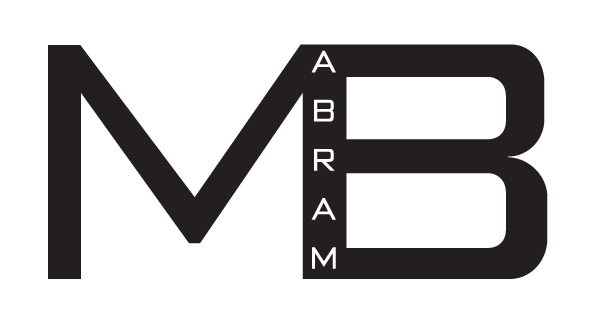JUNE WAYNE・ Art + Science
The Terrestrial Works
Optics & Perception
“Wayne explored perspective in her own painting, but at the point where its laws broke down. She noticed a heightened sense of motion when peripheral vision took over from focal vision, and sought to synthesize the aberration.”
“Wayne’s experiments with perception in the late forties and early fifties, in paintings and lithographs in which movement and details were brought within the same picture plane, compresses a panoramic vista—what the Artist called ‘a reverse cinerama’. Scanning GT, 1987, an exploration in perception made decades later, achieves a synthesis of such fixed and disparate elements as the two identical rectangles of acrylic on wood, the hills, and valleys of collage elements of molded paper—the determined detail in an ever unfurling field, the space-bending but almost imperceptible transition of the surrounding ground from yellow to its polar opposite and magnetized complement, violet.”
“Also from 1972 is the tapestry La Cible (The Target) which, in concept, is based on two works from 1951: the lithography The Target and the oil painting The Law Court, part of the Justice series. Both explored optics, specifically binocular vision, a topic that had fascinated Wayne some twenty years earlier, perhaps understandable as she had been nearsighted from birth.”
“When Wayne was four or five years old, she was looking at comics printed in color, ‘and being nearsighted, noticed that the images were made up of thousands of little dots, that the green was made of blue and yellow dots’.”
“In ‘Strange Moon’ she determined the viewer’s eye-path by moving a floating disc across a field like an expanded chequerboard, debossing the stone to render the sequential lunar shapes with eggshell fragility. It preceded by a decade or more the Optical Art first seen by New Yorkers in the ‘Responsive Eye’ exhibition of 1965.”
“The tiny lithograph ‘Strange Moon’ of 1951 preceded by a decade or more the Optical Art first seen by New Yorkers in the ‘Responsive Eye’ exhibition of 1965.”
















